Classic digital
Small sensor cameras
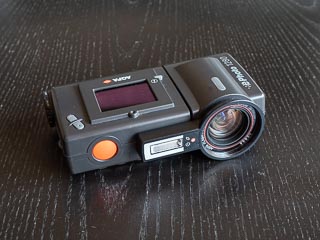 Agfa ePhoto 1280 October 1997
Agfa ePhoto 1280 October 1997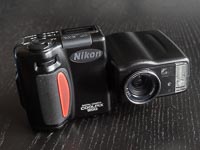 Nikon Coolpix 950 February 1999
Nikon Coolpix 950 February 1999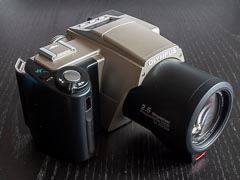 Olympus Camedia C-2500L March 1999
Olympus Camedia C-2500L March 1999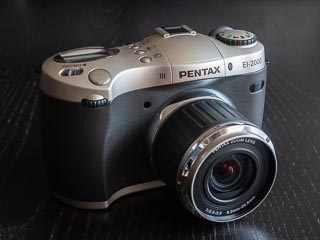 Pentax EI-2000 February 2000
Pentax EI-2000 February 2000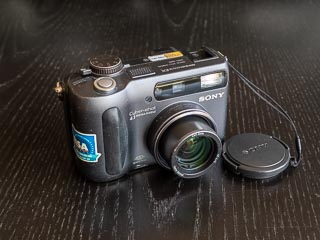 Sony Cyber-shot DSC-S85 June 2001
Sony Cyber-shot DSC-S85 June 2001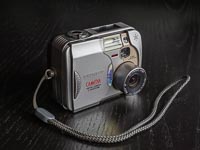 Olympus Camedia C-40 Zoom September 2001
Olympus Camedia C-40 Zoom September 2001 Sony Cyber-Shot DSC-V1 February 2003
Sony Cyber-Shot DSC-V1 February 2003 Canon Digital IXUS i October 2003
Canon Digital IXUS i October 2003 Leica Digilux 2 December 2003
Leica Digilux 2 December 2003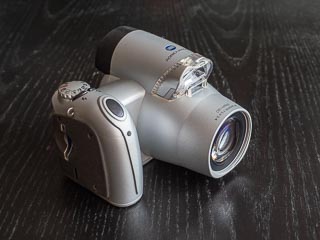 Konica Minolta DiMAGE Z10 July 2004
Konica Minolta DiMAGE Z10 July 2004 Sony Cyber-shot DSC-F828 August 2004
Sony Cyber-shot DSC-F828 August 2004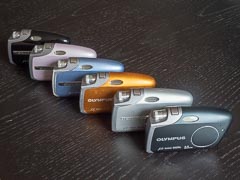 Olympus Mju Mini Digital/Olympus Mju Mini Digital S September 2004/February 2005
Olympus Mju Mini Digital/Olympus Mju Mini Digital S September 2004/February 2005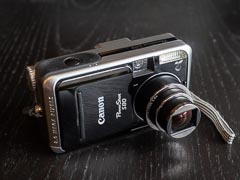 Canon Powershot S80 August 2005
Canon Powershot S80 August 2005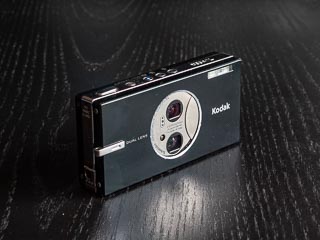 Kodak EasyShare V705 August 2006
Kodak EasyShare V705 August 2006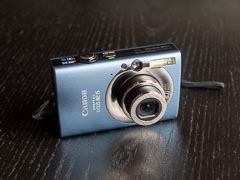 Canon Digital Ixus 82 IS January 2008
Canon Digital Ixus 82 IS January 2008 Pentax Q June 2011
Pentax Q June 2011
Large sensor cameras
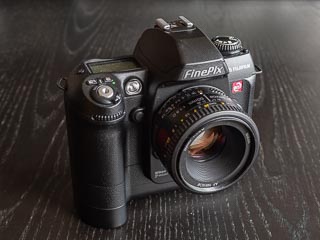 Fujifilm FinePix S2 Pro January 2002
Fujifilm FinePix S2 Pro January 2002 Pentax *ist D February 2003
Pentax *ist D February 2003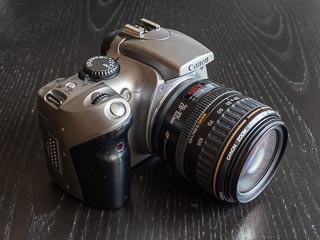 Canon EOS 300D September 2003
Canon EOS 300D September 2003 Canon EOS 20D August 2004
Canon EOS 20D August 2004 Olympus E-500 September 2005
Olympus E-500 September 2005 Sony Cyber-shot DSC-R1 September 2005
Sony Cyber-shot DSC-R1 September 2005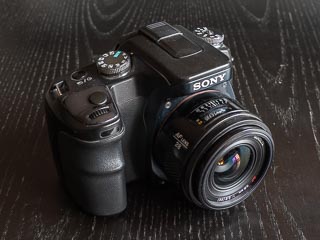 Sony Alpha DSLR-A100 June 2006
Sony Alpha DSLR-A100 June 2006 Fujifilm FinePix S5 Pro September 2006
Fujifilm FinePix S5 Pro September 2006 Leica Digilux 3 September 2006
Leica Digilux 3 September 2006 Panasonic Lumix DMC-G1 September 2008
Panasonic Lumix DMC-G1 September 2008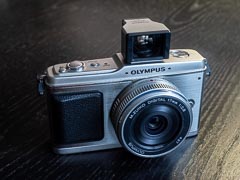 Olympus Pen E-P1 June 2009
Olympus Pen E-P1 June 2009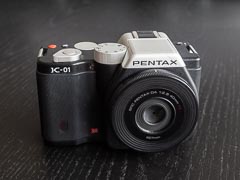 Pentax K-01 February 2012
Pentax K-01 February 2012
New & updated pages
- Canon Digital IXUS i Added 6 November 2025
- Fujifilm FinePix S5 Pro Added 23 October 2025
- Fujifilm FinePix S2 Pro Added 2 October 2025
- Canon EOS 300D Added 22 September 2025
- Konica Minolta DiMAGE Z10 Added 15 September 2025
- Agfa ePhoto Added 21 August 2025
You might well ask: is there really such a thing as a classic digital camera?
Digital cameras have been around for a long time now… the first digital camera aimed at consumers came out in 1990 (the Dycam Model 1, relaunched as the rather better known Logitech Fotoman in 1991), which is 35 years ago. Given the incredible speed of development, particularly in the early digital camera market, I'd say that's about 100 in normal camera years!
So yes, I think digital photography has been around long enough for "classic digital camera" to be a valid concept.
The first 10-15 years of the digital photography in particular represents a fascinating period in the development of camera technology. Camera manufacturers had a gay old time taking advantage of the fact that they where no longer subject to the near universal requirement to house the standard 35mm film canister. The result was an incredible proliferation of designs that threw all the old rules of camera design right out of the window. What dedicated camera collector wouldn't want to dip their toe in such colourful waters?! In the mid to late 2000s things settled down again and most camera manufacturers when back to making cameras that looked very much like film cameras of the 1990s, but weird and wonderful designs still pop up every now and again.
Unfortunately the days of being able to buy formerly expensive digicams (which I define as cameras with small sensors and fixed lenses) from the late 1990s and early 2000s for little more than pennies are now long gone. I bought a Nikon Coolpix 950 back in 2013 for a mere £10, when digicam prices were at their nadir. But it seems TikTokers and YouTubers (many of whom some weren't even born when the world was transitioning from film to digital photography) have discovered the joys of photography retro-tech. When a particular camera goes viral on these platforms, it sometimes seems like values can sky-rocket almost over night. These days you often see the Nikon Coolpix 950 going for anywhere from £50-100. So in that particular case I suppose I should be thanking TikTok and YouTube for turn my £10 impulse buy into an investment! But it does mean that collecting these early digicams is no longer a cheap business.
Interestingly digital SLRs from the early to mid naughties seem to be going through a similar low point, value wise, that compact digicams saw 10-15 years ago. It's not hard to find sophisticated cameras such as the Sony Alpha DSLR-A100 going for as little as £40, so if you want to experience such cameras I suggest doing so as soon as possible before they start gaining momentum on TikTok too!
You'll often see the term "film-like" being thrown around with wild abandon in discussions about these early digital cameras, particularly those with CCD sensors. I suspect this is mostly done by those with little experience of what shooting film was (and is) actually like, both in terms of the shooting experience and the results. But that doesn't mean these camera aren't genuinely different from their modern digital descendants, and I think that difference is worth celebrating! My collecting criteria is always very broad… anything I find historic, technically interesting or beautiful is fair game.